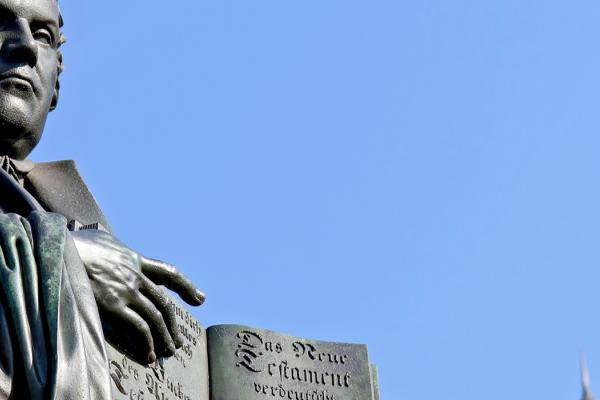The German National Tourist Board has fallen in love with Martin Luther. In 1517, he nailed 95 theses protesting Catholic Church practices to the door of the castle church in Wittenberg, an act considered the start of the Protestant Reformation. In honor of the 500th anniversary of this event, a 36-page tourist board brochure outlines eight different routes you can take through Germany featuring “36 authentic Luther sites” with itineraries offering “surprises aplenty.” They’ve even produced a Luther Playmobil figure for ages 4 through 99.
Reformation anniversary observances officially started in October in Lund, Sweden, with an ecumenical worship service convened by the Lutheran World Federation and the Vatican, attended by Pope Francis. Since then, countless events, conferences, exhibitions, and observances are being held not just in Germany but around the world as we approach the official anniversary day, Oct. 31, 2017.
But what exactly should we Christians do on this 500th anniversary of the Reformation? Celebrate? Commemorate? Confess? Or repent?
The impact of the Protestant Reformation, combined with the advent of the Gutenberg Bible and the dramatic increase in printed literature and literacy in Europe, produced revolutionary changes in religion and society. As the German tourist board exclaims, “trade, industry, art, architecture, medicine, and technology flourished like never before.” A glowing narrative of the Reformation’s impact on the church and Western culture tends to dismiss any words of thoughtful critique.
Read the Full Article

